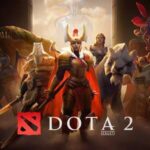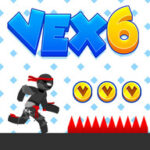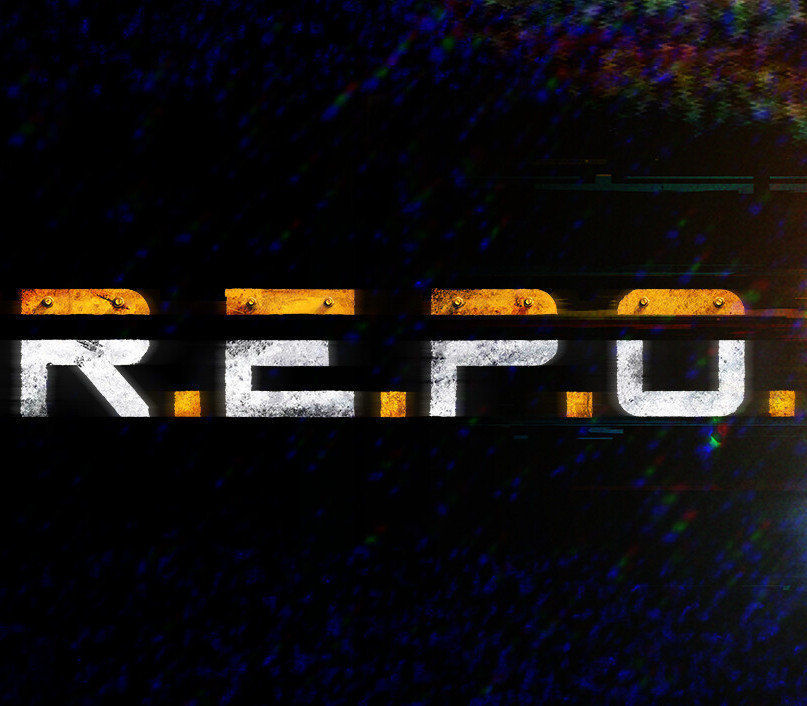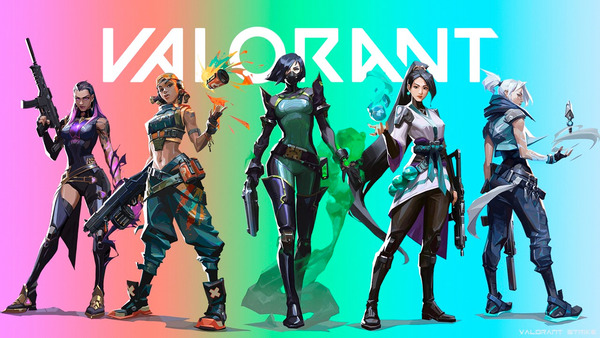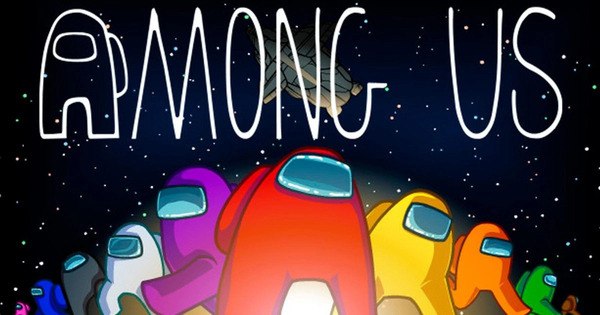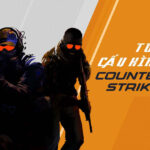Since its global release in June 2020, Valorant by Riot Games has quickly ascended to the forefront of the competitive FPS landscape. Combining the precision shooting mechanics of classic titles like Counter-Strike with the abilities and flair of hero shooters such as Overwatch, Valorant carves out its own identity within a saturated market. Riot’s entry into the FPS genre was not just a commercial move but a calculated evolution aimed at redefining team-based tactical gameplay.
This article explores the full development arc, community growth, design philosophy, and cultural impact of Valorant. Each section traces how the game has matured since its launch and what it signifies for the future of competitive shooters.
Valorant
All trademarks belong to their respective owners.
Advertisement
Popular Now
Latest Reviews
-
 Roblox: Grow a Garden
Roblox: Grow a Garden is a farming and life-simulation game on the Roblox platform where players create and nurture their own digital gardens. Starting with a small plot of land, players can plant seeds, water crops, and harvest produce to earn in-game currency. This currency can then be used to expand garden plots, unlock new tools, and purchase decorative items, making each garden unique and personalized.
The game focuses on creativity, strategy, and time management. Players can experiment with different crop combinations, create hybrid plants, and participate in seasonal events for exclusive rewards. Trading and co-op gardening allow social interaction, where players can visit friends’ gardens, trade rare seeds, and collaborate on special projects.
With its colorful visuals, relaxing gameplay loop, and community-driven features, Roblox: Grow a Garden appeals to players of all ages. It blends casual enjoyment with strategic depth, providing a rewarding experience for both short play sessions and long-term goals.
Read full review
Roblox: Grow a Garden
Roblox: Grow a Garden is a farming and life-simulation game on the Roblox platform where players create and nurture their own digital gardens. Starting with a small plot of land, players can plant seeds, water crops, and harvest produce to earn in-game currency. This currency can then be used to expand garden plots, unlock new tools, and purchase decorative items, making each garden unique and personalized.
The game focuses on creativity, strategy, and time management. Players can experiment with different crop combinations, create hybrid plants, and participate in seasonal events for exclusive rewards. Trading and co-op gardening allow social interaction, where players can visit friends’ gardens, trade rare seeds, and collaborate on special projects.
With its colorful visuals, relaxing gameplay loop, and community-driven features, Roblox: Grow a Garden appeals to players of all ages. It blends casual enjoyment with strategic depth, providing a rewarding experience for both short play sessions and long-term goals.
Read full review
-
 Palworld
Palworld could evolve from a curious early-access experiment into a genre-defining masterpiece.
Read full review
Palworld
Palworld could evolve from a curious early-access experiment into a genre-defining masterpiece.
Read full review
-
 PEAK
A powerful framework for personal mastery, but one that requires balance, self-compassion, and constant recalibration.
Read full review
PEAK
A powerful framework for personal mastery, but one that requires balance, self-compassion, and constant recalibration.
Read full review
-
 ARK: Survival Ascended
A beautiful, ambitious remake with both legacy charm and modern flair.
Read full review
ARK: Survival Ascended
A beautiful, ambitious remake with both legacy charm and modern flair.
Read full review
-
 Counter-Strike 2
Sharp, nostalgic, and full of competitive potential.
Read full review
Counter-Strike 2
Sharp, nostalgic, and full of competitive potential.
Read full review
-
 REMATCH
An essential human dynamic that offers storytelling, strategy, and emotional resolution in one compelling package.
Read full review
REMATCH
An essential human dynamic that offers storytelling, strategy, and emotional resolution in one compelling package.
Read full review





